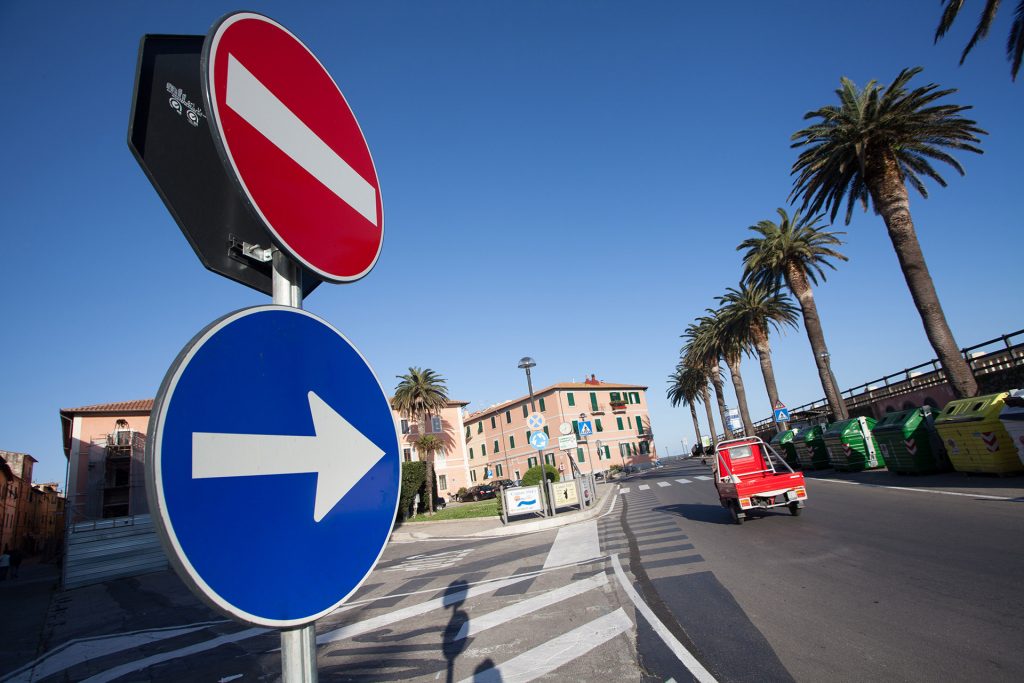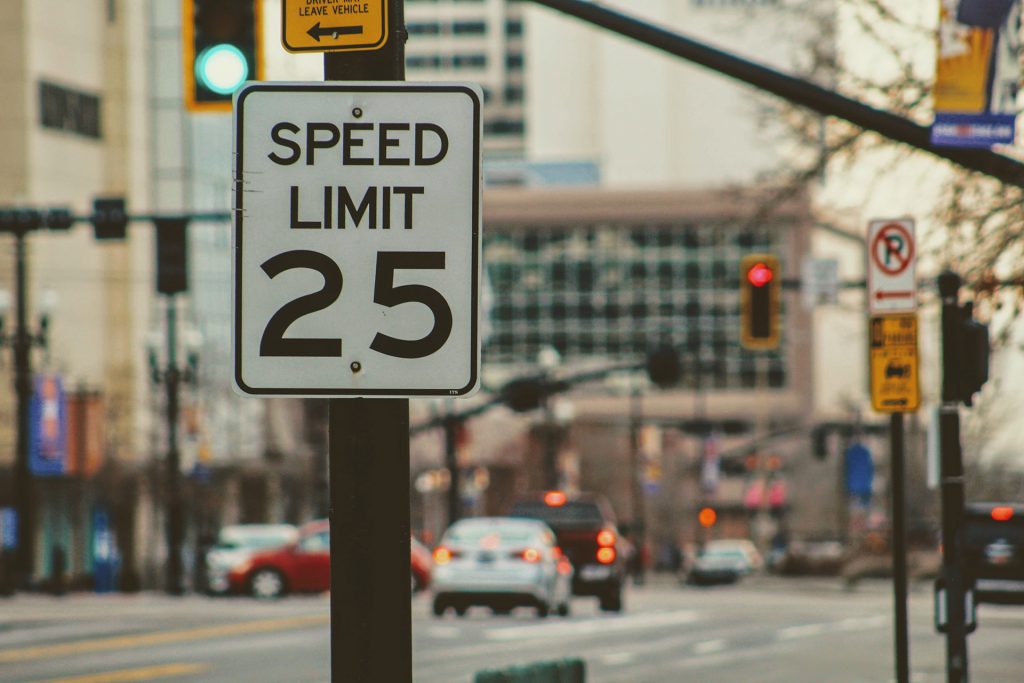An easy guide to understanding traffic laws and regulations
The regulations of the road differ depending on where you are. Take some time to understand the regulations before you get on the road whether you’re a novice driver or just new to the region. Look up the regulations online and then study them. Basic traffic regulations must be understood by all drivers since breaking them may lead to dangerous driving circumstances and may result in a ticket, penalty, or suspension of your driver’s license. There is no room for interpretation when it comes to traffic rules; the law is the law, and it must be obeyed to the letter. Here are some resources to assist you in better understanding all of the traffic rules and regulations.

Get a Driving permit
A driver’s permit is a limited license that must be obtained by first-time drivers before they may receive a full driver’s license. You can drive with a driver’s permit (with some restrictions) until you pass your driver’s test. The age at which you must apply for a driver’s license differs by state. If you’re a minor, you’ll need your parent or guardian’s signature before you may start driving. If you want to obtain a motorcycle permit, you must first pass the motorcycle permit test, and then pass a vision test to demonstrate that you can see well enough to drive, as well as provide documents that verify your identity, age, and residence in your state. To earn your driver’s license, some jurisdictions will require you to complete a specified number of hours of “behind-the-wheel” driver’s education.
Obey the Stop sign
When you see a red, octagonal “STOP” sign, apply the brakes. Stop signs are uniform in appearance across the United States. They instruct automobiles to come to a complete stop at the street’s white line. Before advancing, drivers should look both ways to yield to pedestrians and oncoming vehicles. Bring the automobile to a complete stop whenever you see one of these iconic red signs with the word “Stop” written in white. It’s not enough to just slow down! When making a turn or crossing the street, be cautious. Each country’s signs will be different, so if you’re driving somewhere new, double-check the details.
If there are many vehicles at a four-way stop, the first vehicle to arrive at the stop sign has the right of way. If two or more automobiles arrive at the same moment, the car on the right gets to proceed first.
Follow the traffic lights
Knowing traffic regulations begins with understanding traffic lights. When the yellow lights flash, it signifies you should drive with caution, so slow down and keep an eye out for incoming traffic. Come to a complete stop when you observe a flashing red light. Allow any cars that came before you to proceed first since these lights are considered as a four-way stop. When it is your turn (green light) and incoming traffic has come to a halt, you may proceed.
Cutting off other vehicles
One of the most important things to remember is that you should not change lanes unless necessary, and you should never change lanes in such a way that compels vehicles behind you to stop or turn unexpectedly to avoid colliding with you. Always look in the rearview mirror and over your shoulder to check behind you when changing lanes. Changing lanes and cutting in front of a car approaching from behind causes the driver to quickly turn the steering wheel and slam on the brakes, which might result in a serious collision.
Respect the speed limit
The maximum speed limit for a road is the speed restriction posted for that road. All drivers must adhere to the posted speed limit as well as the current road and traffic conditions. To put it another way, each motorist is responsible for driving at a safe pace that does not endanger others on the road. Always obey the road signs and drive at a safe speed that is acceptable for the route and traffic circumstances.

Pulling over for Emergency vehicles
You should slow down and pull over to the side of the road if you see or hear an emergency vehicle (such as a police car, ambulance, or fire engine). If you’re driving on the motorway and notice an emergency vehicle with flashing lights on the shoulder, move to the farthest lane feasible.
Turn on blinkers
This is one of the most essential traffic rules. To make a turn or pass, switch on your indicators. Indicators, often known as blinkers or turn signals, are lights on your automobile that alert others to the fact that you are turning or passing. To signal a right-hand turn or pass, push the indicator up, and to indicate a left-hand turn or pass, push the indicator down.
To give other cars a prior warning, turn on your blinkers around 30 meters before your turn. Because other drivers cannot read your mind, blinkers are crucial communication tools for keeping the road safe.
The cornerstone of safe traffic is learning and observing traffic laws and regulations no matter where you are. Everyone on the road is accountable for themselves and others, so don’t put your and other people’s lives in danger only to have a thrilling driving experience or to get somewhere faster. Nothing is more precious than your life, therefore remember to follow all of these rules when driving.
![[AD] We’re a cricket-mad family, so we’re buzzing that @thehundred is back this August! 🏏🔥
To get ready, M tried out the official FREE Activity Pack — and it’s brilliant! 🙌
Packed with fun games, creative challenges and sporty tasks, it’s perfect for getting kids hyped whether you’re at home or on the go.
👉Download yours now (link in bio)
@londonspirit @ovalinvincibles #EveryMomentCounts #TheHundred
#EnglandCricket #CricketFamily #TheHundredCricket #LondonBloggers #Cricket #CricketIsLife #kidsfun](https://suburban-mum.com/wp-content/uploads/2022/11/505472555_18531279601016840_7092520074819907569_n-180x320.jpg)



![[AD - Press visit]
We enjoyed the glorious sunshine this weekend with a trip to Brighton. We went on the @brightoni360official which is right by the sea front.
The i360 pod take a slow journey up, allowing you to take in views across Brighton and the South Downs 450ft above ground. There’s a bar inside with drinks and snacks available to purchase and the experience lasts 25 minutes.
Afterwards, we headed to the open air roller rink for a roller skating session!
The roller rink is:
⭐ Suitable for over 5s
⭐ £6.50 if you have your own skates or £9.50 if you need to hire them
⭐ 45 minutes per session
Full details to visit the i360 + skating
📍 Brighton i360, Lower Kings Road, Brighton BN1 2LN
🚗 Parking nearby (we parked in the Regency Square Car park)
🎟️ Prices start from £25.40 for an adult and £16.90 for a child
🕐 Opening hours are currently Sun-Fri 10.30am-18.30pm and until 19.30pm on Saturdays
☕️ Bar inside the i360, cafe and gift shop
Book tickets here:
https://tickets.brightoni360.co.uk/tickets/?_ga=2.195305772.1869001490.1689671753-1757164059.1689671753/#events?eventid=157](https://suburban-mum.com/wp-content/uploads/2015/04/417980235_313576471048632_3682382982231216432_n.jpg)

![[AD] ***Summer of fun at Barracudas Activity Camps!****
There is plenty for kids to do at @barracudas_activity_day_camps
From Tennis, Archery, Swimming, Motor Sports and more you can be sure that there will be something for kids aged 4.5-14. ⚽🏈🥅🎾🏓🏎️🏹🏊♂️🏉
You can book on a day by day basis - so it can fit in with any other days out/activities you have planned and there are early drop off and late pickup options available. Barracudas are also Ofsted registered so you can use your Childcare Vouchers too.
⭐⭐⭐Get £20 off a week or £4 off a day using my discount code: MARIA20⭐⭐⭐
#BarracudasActivityDayCamp #BarracudasActivityCamp #BarracudaAmbassadors #SummerHolidays #SchoolHolidays #Summer2023 #SummerCamp #DayCare #Camp #KidsCamp #surreymummy #surreymums #SummerOfFun #ActivityCamps #HolidayCamps #Childcare #SchoolHolidays #schoolholidaycamps](https://suburban-mum.com/wp-content/uploads/2024/07/353583570_625625966167953_545896259645102575_n.jpg)



![[AD] We have some super exciting news...we have been chosen to be Laser Quest Ambassadors, and the boys are over the moon!
We are really lucky that our local Laser Quest (@laserquestkingston) is just around the corner from us. It means we can pop in of a weekend or anytime during the school holidays, and with summer just around the corner, I know Laser Quest will be one of our go-to places for some family fun.
As well as games of Laser Quest, there are also VR experiences and arcade amusements too. To find out a bit more about how Laser Quest works, you can read my blog post: https://www.suburban-mum.com/laser-quest-kingston/ (clickable link in bio)
Don't forget to keep an eye out for our Laser Quest posts - I'm going to be giving away two family passes to use at Laserquest Kingston!
If you can't wait and want to head down to Laser Quest to try it out, use the code SUMMER30 for 30% off your booking. The code is valid from now until the end of August 2023 and can be used on Laser Quest games and birthday party bookings.
#LaserquestAmbassador #Laserquest #LaserquestKingston #ActivitiesForKids #FamilyFun #DaysOutWithKids #Lasertag #LaserquestVR #Kingston #ThingsToDoInKingston #SurreyFamilyDaysOut #ThingsToDoWithKids #RainyDayFun #SurreyMummy #SurreyLife #LifeWithKids #LifeWithBoys #familyfunday](https://suburban-mum.com/wp-content/uploads/2015/04/353230107_797358078406942_2405522556733455165_n.jpg)

![[AD] The sun has finally made an appearance and the boys have been making the most of it by spending it
in the garden.
They’re go-to is always football and they’ve been trying to improve their aim and accuracy with the new Messi Foldable Footlball goal from the #MessiTrainingSystem range.
I love the fact the goal is foldable, making it easy to store away when not in use. It is also lightweight so you can effortlessly pack it up and take it to the park or to a friend’s house.
The Messi Foldable Football Goal retails at £36 and can be purchased from @argos
You can read my full review here: https://www.suburban-mum.com/messi-foldable-football-goal/
#TrainLikeMessi #FoldableFootballGoal #FootballSkills #OutdoorFun #LionelMessi #LeoMessi #FootballAtHome #OutdoorKids #JustGetOutside #OutdoorsAndFree #ScreenFreeKids #WhateverTheWeatherKids @flair_gp](https://suburban-mum.com/wp-content/uploads/2015/04/341194882_615024710178056_41977149395989448_n.jpg)

![[AD] We are absolutely thrilled to announce that we are Barracuda Ambassadors again this year.
With Easter just around the corner, the boys were sent the @barracudas_activity_day_camps new camp kit in preparation for the school holidays.
There’s a wide range of activities for kids aged 4.5 - 14 including Tennis, Archery, Basketball, Arts & Crafts and more.
If you like the sound of Barracudas, find out more over on their website. You can also save £20 a week or £4 a day, using my discount code: MARIA20](https://suburban-mum.com/wp-content/uploads/2024/07/336812306_765234558514317_685553691647241974_n.jpg)


![[AD - Gifted]
Last weekend we were invited to try out @tsarettaspice’s new Bottomless Brunch menu and I can tell you it was thumbs up all round!
There’s a good choice tapas on offer from Punjabi fish fingers, Indo Chinese Chicken to Spiced Lamb Scotch Eggs and Manchurian Cauliflower (which was amazing!)
If you’re local to Twickenham and fancy giving them a try here’s are the details.
Tsaretta Spice Bottomless Brunch
⭐️£37.50 per head for bottomless Prosecco or cocktail of the day
⭐️£55 per head for bottomless Champagne
⭐️ Food included: 4 tapas selections and dessert or 2 tapas selections, a pav or naanwich and dessert
⭐️ Non-alcohol brunch is also available
Tsaretta Spice
55 Church Street
Twickenham
TW1 3NR
You can also read our full review over on the blog (link in bio)](https://suburban-mum.com/wp-content/uploads/2024/07/334565436_5960402314015030_663031098700829518_n.jpg)
![[AD] What does family look like for you?
I am fortunate to be surrounded by strong, powerful women in the form of my mum, sister and mother-in-law (along with many others). With Mother’s Day just around the corner, @BootsUK want to celebrate all the different mums and mother figures we are lucky enough to have in our lives. They have a huge range of Mother’s Day gifts to choose from so we can show them how much they mean to us. (swipe to take a look at some of my choices)
If you want to express love and appreciation for the mother figure(s) in your life, head to Boots.com to find the ideal gift. They have a whole host of gifts, so you can be sure to find something to suit all tastes. Celebrate the #LoveForAllMums this Mother’s Day with Boots.
](https://suburban-mum.com/wp-content/uploads/2015/04/334276459_136658625736352_6403224988403337253_n.jpg)




